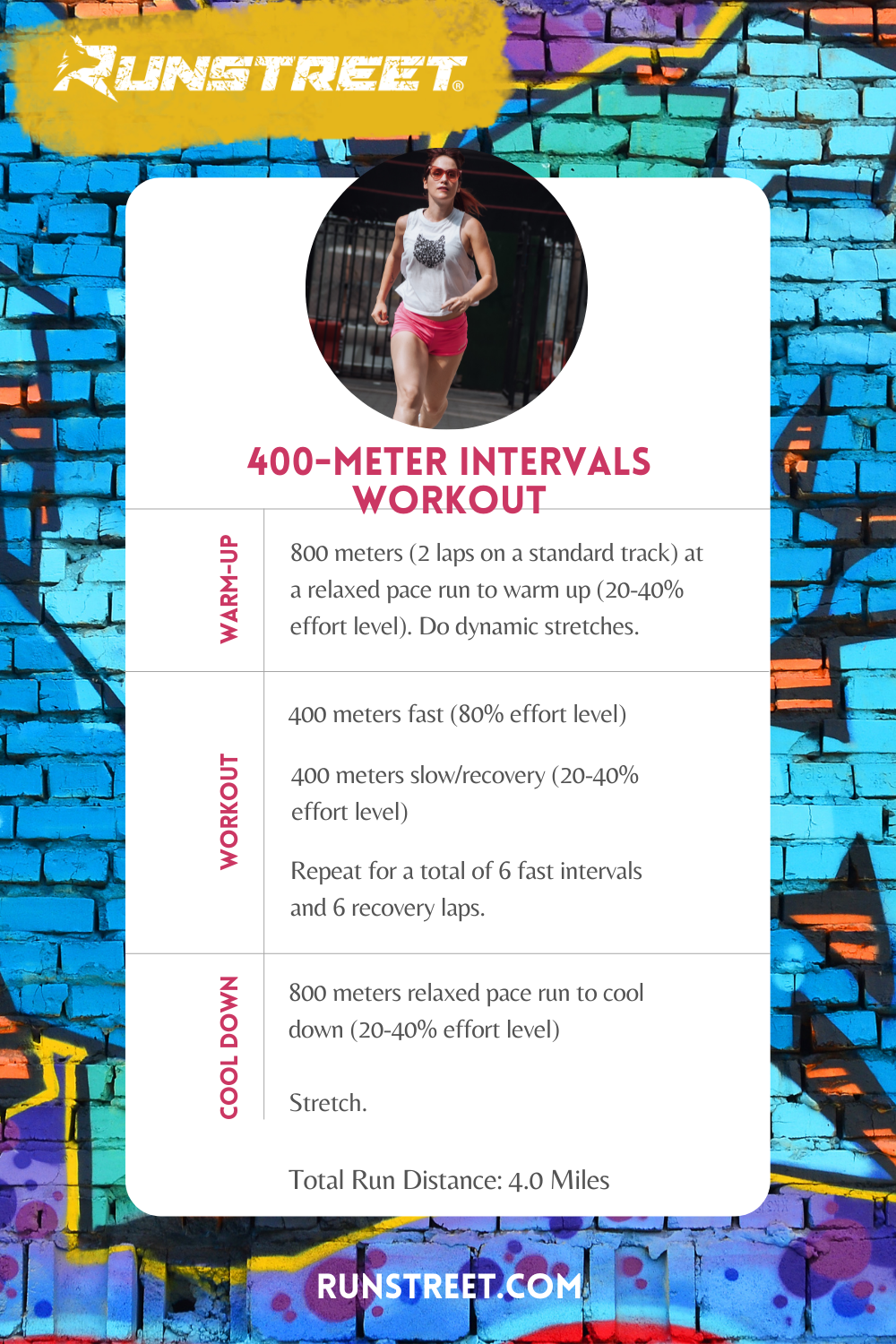Raise Your Running Strategy with Proven Techniques
Raise Your Running Strategy with Proven Techniques
Blog Article
Taking Care Of Typical Running Pains: Reasons, Solutions, and Avoidance
As runners, we typically run into different pains that can impede our performance and pleasure of this physical activity. By checking out the root factors for these running discomforts, we can uncover targeted options and preventive actions to guarantee a smoother and extra satisfying running experience.
Usual Running Discomfort: Shin Splints
Shin splints, a typical running pain, commonly result from overuse or inappropriate footwear during physical task. This condition, medically called medial tibial anxiety disorder, manifests as discomfort along the internal side of the shinbone (tibia) and prevails amongst athletes and runners. The repeated stress and anxiety on the shinbone and the tissues connecting the muscular tissues to the bone leads to inflammation and discomfort. Joggers that rapidly enhance the strength or period of their exercises, or those that have flat feet or improper running methods, are especially at risk to shin splints.
To prevent shin splints, people must slowly increase the strength of their workouts, put on proper shoes with proper arch assistance, and preserve flexibility and toughness in the muscle mass surrounding the shin. If shin splints do take place, preliminary therapy includes remainder, ice, compression, and elevation (RICE) Additionally, including low-impact activities like swimming or biking can help keep cardiovascular health and fitness while enabling the shins to recover. Consistent or extreme situations might need clinical assessment and physical treatment for effective monitoring.
Common Running Pain: IT Band Disorder
In enhancement to shin splints, another common running discomfort that professional athletes frequently come across is IT Band Disorder, a problem triggered by inflammation of the iliotibial band that runs along the outer thigh and knee. IT Band Disorder commonly manifests as pain on the outside of the knee, especially throughout tasks like running or biking. The iliotibial band is a thick band of fascia that attaches the aware of the shin, and when it becomes inflamed or tight, it can rub against the thigh bone, resulting in discomfort and pain.
Runners experiencing IT Band Syndrome may discover a stinging or aching sensation on the outer knee, which can worsen with continued activity. Factors such as overuse, muscle imbalances, inappropriate running kind, or poor workout can add to the advancement of this condition. To avoid and minimize IT Band Syndrome, runners need to concentrate on extending and enhancing exercises for the hips and thighs, proper shoes, progressive training progression, and dealing with any biomechanical concerns that might be worsening the problem. Ignoring the signs and symptoms of IT Band Disorder can result in chronic concerns and extended recovery times, emphasizing the relevance of early intervention and correct administration strategies.
Typical Running Pain: Plantar Fasciitis

Plantar Fasciitis can be associated to numerous variables such as overtraining, improper footwear, running on hard surfaces, or having high arches or level feet. To avoid and reduce Plantar Fasciitis, runners can incorporate stretching exercises for the calves and plantar fascia, wear supportive footwear, maintain a healthy weight to reduce pressure on the feet, and progressively increase running strength to stay clear of abrupt stress and anxiety on the plantar fascia. If symptoms persist, it is recommended to consult a healthcare expert for correct medical diagnosis and therapy choices to deal with the condition effectively.
Common Running Discomfort: Jogger's Knee
After attending to the difficulties of Plantar Fasciitis, another widespread concern that runners frequently face is Jogger's Knee, a typical running pain that can prevent athletic performance and create discomfort during exercise. Runner's Knee, also called patellofemoral pain disorder, materializes as pain around or behind the kneecap. This problem is commonly credited to overuse, muscular tissue discrepancies, improper running strategies, or issues with the placement of the kneecap. Joggers experiencing this pain may really feel a boring, aching pain while running, going up or down stairways, or after prolonged durations of resting. To stop Runner's Knee, it is vital to incorporate correct warm-up and cool-down regimens, keep strong and well balanced leg muscles, use appropriate footwear, and progressively increase running strength. If signs and symptoms continue, inquiring from a health care specialist or a sports medicine professional is recommended to identify the underlying reason and create a tailored treatment strategy to alleviate the pain and avoid more complications.
Usual Running Pain: Achilles Tendonitis
Frequently afflicting joggers, Achilles Tendonitis is an uncomfortable problem that influences the Achilles tendon, causing discomfort and potential restrictions in exercise. The Achilles tendon is a thick band of tissue that connects the calf muscles to the heel bone, essential for activities like running, jumping, and strolling - great post to read. Achilles Tendonitis usually creates due to overuse, inappropriate shoes, insufficient stretching, or sudden increases in exercise
Signs of Achilles Tendonitis consist of pain and rigidity along the tendon, particularly in the morning or after periods of lack of exercise, swelling that intensifies with task, and possibly bone spurs in persistent cases. To stop Achilles Tendonitis, it is essential to stretch effectively before and after running, use ideal footwear with appropriate assistance, gradually enhance the strength of workout, and cross-train to reduce repeated stress and anxiety on the tendon.
Final Thought

Report this page